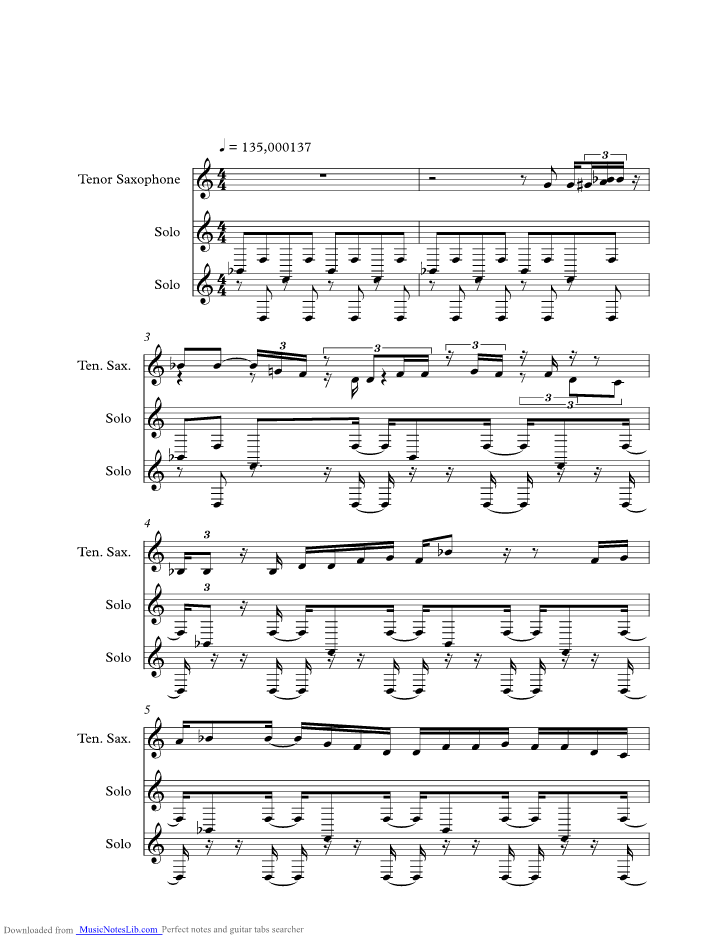
#Yakety axe chords code#
Sign up now, and get 20% off with code MSTAGE17."Yakety Sax" (From The "Essential Chet Atkins" Version) Tabbed By: TheLoser (17 Years Old ) e-mail me with any suggestions, though I'm sure this is 100% right, except for that one chord name. Learn the fundamentals of composition in five weeks with Introduction to the Composer’s Craft, and make bigger strides composing with the help of a Mainstage mentor. If you’re really ambitious, you can try to make heads or tails of this music digitally with the MIDI file!
#Yakety axe chords full#
Here’s the first page for the full PDF, click here. If you’re keen to try to learn “Yakety Sax” for yourself, we’ve found a great transcription of the song on Musescore, arranged by user Bperier. For a lot of soloists, that meant adding a bit of slapstick flare into the mix. In other ways, however, these artists felt a lot of pressure to develop a “signature sound,” as they were starting to appear more regularly on nationally televised shows in the early 1960s. This type of swingin’ pop-jazz celebrated artists with an equal ability to both perform perfect virtuosic melodic runs on their instruments and make it look easy by playing the showman in other respects. If you’ve read either of Nick Millevoi’s articles on ripping 1960s country guitarists or innovative early guitar wizards, this should come as no surprise.

Chet Atkins even rearranged it as a guitar piece, which he cleverly dubbed, “Yakety Axe.” Once “Yakety Sax” blew up, it was recorded, performed, and featured everywhere. He played on the soundtracks of eight Elvis Presley movies and was the first saxophonist to record popular music with Presley on songs such as “Return to Sender” and “Reconsider Baby,” as well as with other artists like Roy Orbison, REO Speedwagon, and Al Hirt. The Randolphs had a family band, and Boots grew up playing the ukulele, vibraphone, and trombone, eventually settling on the saxophone.īoots played in the United States Army Band in his youth, then moved back to Kentucky and started a combo ensemble, and eventually took a shot at solo recording and session performing. At some point, he was given the name and it just stuck. There’s no real story behind the nickname Boots, except for that growing up, his father was also named Homer, and it caused some confusion. Homer Louis “Boots” Randolph III (1927-2007) was born in Kentucky. Especially because we pretty much always know what the outcome is going to be, we just want to watch it happen and pretend it’s all a big circus act. The Benny Hill version is another rendition entirely, recorded by Ronnie Aldrich and His Orchestra. Due to the nature of how “Yakety Sax” was predominantly used in The Benny Hill Show, car-chase videos shot from news helicopters tend to make for the best adaptations of the music.
#Yakety axe chords movie#
+ Read more on Flypaper: “What Happens When You Mess with the Keys of Iconic Movie Theme Songs?” The song didn’t really catch on until they rerecorded and released it in 1963 when it went on to enter the Billboard Top 100 and chart as high as #35! The “ Benny Hill Theme” is actually called “Yakety Sax” and was composed and originally recorded in 1958 by Boots Randolph and James Q. Some people have started to call this the “Yakety effect.” In effect, this juxtaposition brilliantly exposes what’s behind the curtain, but then just lets us enjoy it for what it is.

These “ Benny Hill Theme” re-edits of drama and violence on film are a nutshell microcosm of how easy it is for the internet to dull our ability to feel empathy, yet they’re also a pretty clever commentary on cinema’s ability to manipulate and sculpt our reaction through its many devices.

Our new mentor-driven course, Unlocking the Emotional Power of Chords, can help you get there quicker! + Learn more on Soundfly: Create more powerful, emotional experiences in your music with a simple understanding of harmonic theory.


 0 kommentar(er)
0 kommentar(er)
